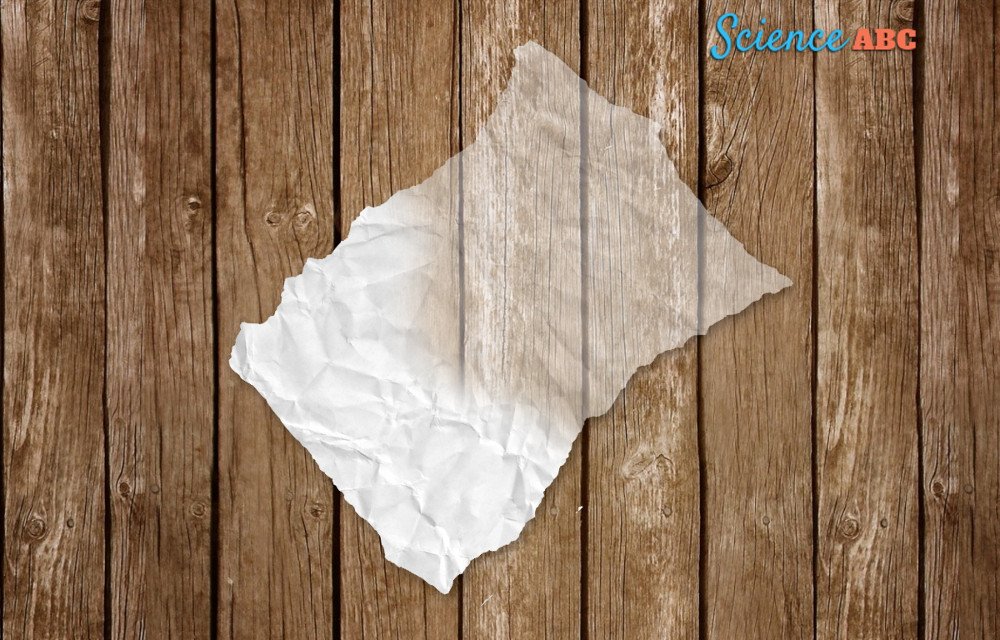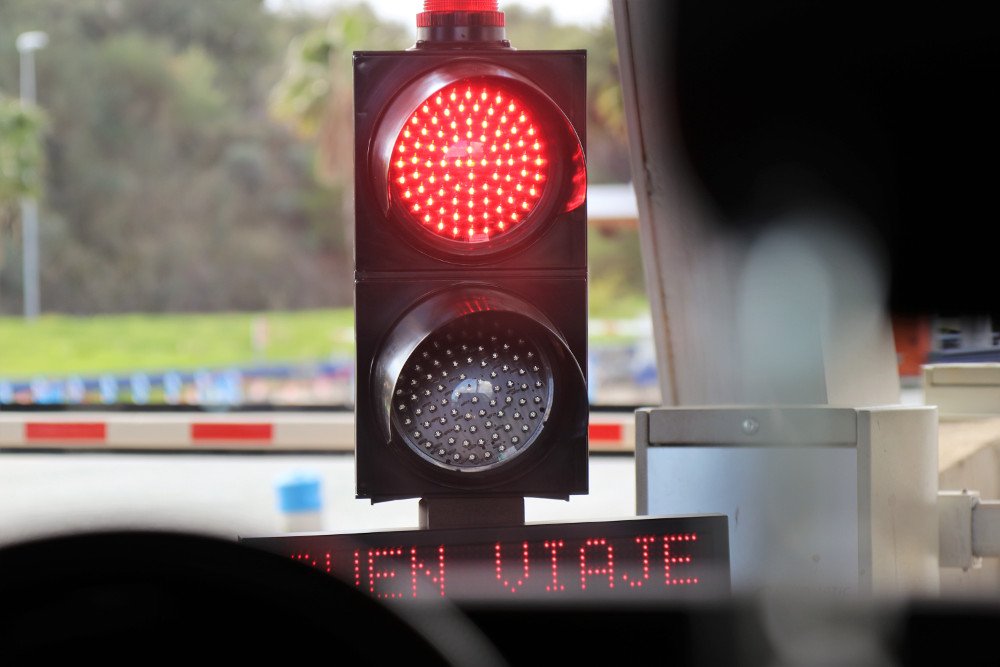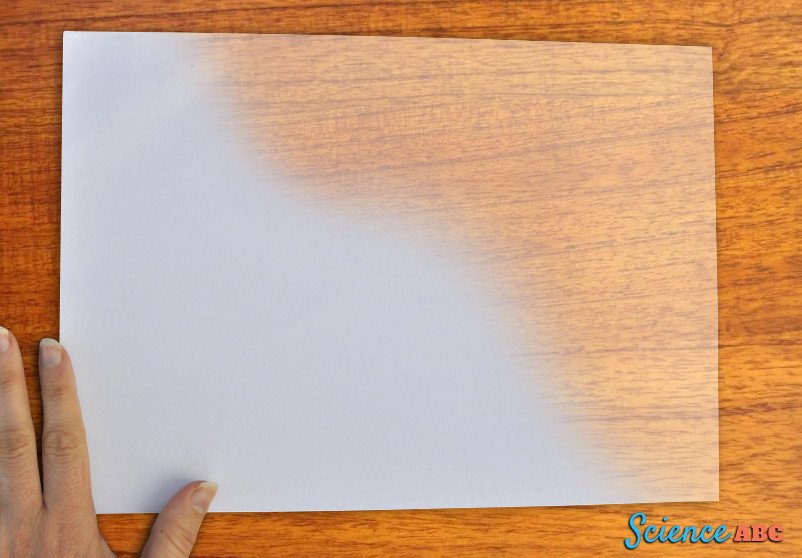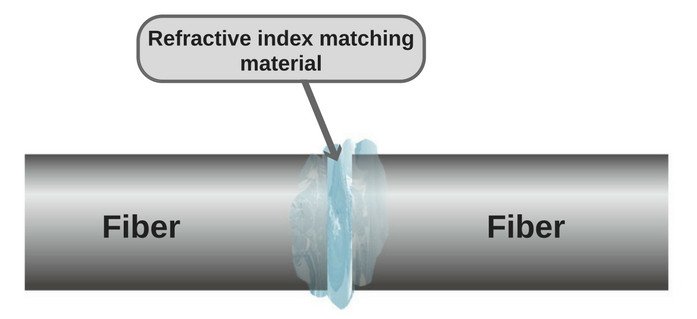Table of Contents (click to expand)
Oil makes paper translucent because it creates an index-matching medium for paper. This means that the refractive index of oil is similar to that of paper, so light can pass from one to another without reflection or refraction.
You must have observed this rather interesting phenomenon a number of times yourself: a perfectly normal piece of paper suddenly becomes very different when smeared with oil. A practical, daily-life example of this is that a pizza box or a cheesesteak bag becomes slightly transparent when they come in contact with the greasy contents kept inside them.
Why does this happen?

The answer to this question lies in how light interacts with matter.
Light And Matter
When a light ray strikes an object, a few things can occur (depending on the type of material): it can bounce right back off its surface, it can scatter (i.e., be reflected in multiple directions off its surface), it can pass through it and emerge on the other side at a slightly different angle (refraction), or it can simply transmit through it, making the object transparent.
Another aspect that you should be well-versed with for the scope of this article is how we see colors. To put it simply, the color of any object we see is actually the color of the light reflected from its surface. An apple is red because it reflects red light, i.e., light that lies in the red part (longer wavelength) of the visible spectrum.

Another example is that of snow: snow is white because it scatters and reflects all colors equally, which makes it look like snow is white.
Also Read: How Can Some Objects Be Completely Black And Still Be Highly Reflective?
Light’s Interaction With Paper
Paper, as you might already know, is made up of a bunch of irregular cellulose fibers that have tiny air gaps/pockets between them. Ordinarily, when light strikes the surface of paper, it bounces right back, which is why a piece of paper looks ‘normal’. However, when the same piece of paper is smeared with oil, it appears more transparent (the appropriate word would be ‘translucent’), because light doesn’t have to do all that bouncing and scattering (diffuse reflection). It simply has must pass from air through grease, which enables us to read words right through the paper.

Index-matching Medium
You see, the way light distinguishes between the media it travels through is determined by the refractive index of the medium in question. Paper, for instance, has a refractive index of 1.5. Oil’s refractive index is similar to that of paper, or at least, more similar than the refractive index of air (which is 1). This is why oil acts as an index-matching medium for paper, i.e., its refractive index matches more closely to paper than water.
In optics, an index-matching material is a substance, usually a liquid or gel, whose refractive index is pretty close to that of another object. When this material and the object in question are brought close together, light passes through from one to another without reflection or refraction.

In the case of paper smeared with oil, the paper scatters much less light (thanks to the oil that adheres to the paper’s surface), which, in turn, allows more light to be transmitted through the paper, making it look more translucent.
Also Read: What Is The Index Of Refraction (Refractive Index)?
How well do you understand the article above!

References (click to expand)
- Oil Immersion and Refractive Index - Zeiss Campus. Florida State University
- Optimal clearing and mounting media for confocal microscopy of thick specimens Kurt Thorn, Chester Chamberlain, and Nan Tang - nic.ucsf.edu
- Lecture Notes | Photonic Materials and Devices. MIT OpenCourseWare
- Ziming Sun, J., Erickson, M. C. E., & Parr, J. W. (2005, December). Refractive index matching and clear emulsions. International Journal of Cosmetic Science. Wiley.
